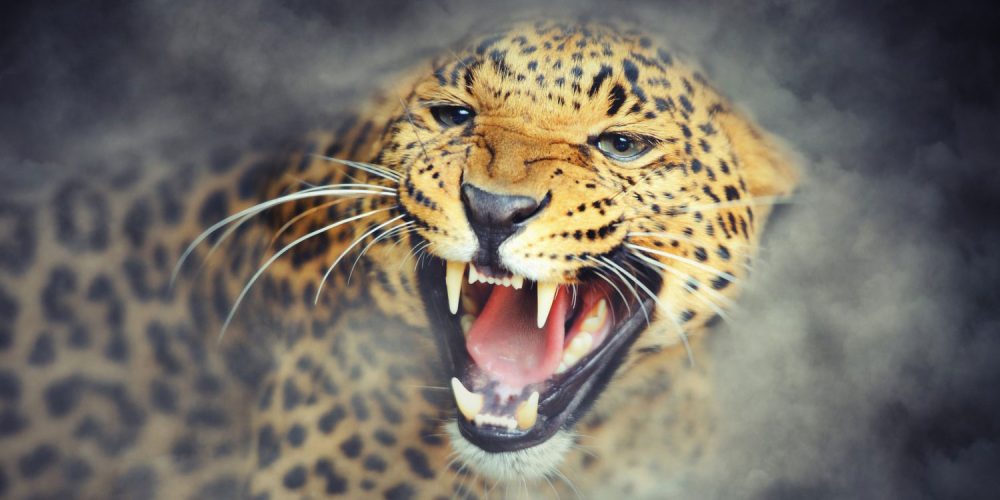
Africa is home to more than 1100 mammal species, some of which are endemic to the continent, such as the aardvark, the tenrecs, the golden moles and the elephant shrews. Mammals of Africa range from the iconic Big Five (elephant, lion, leopard, rhino and buffalo) to the lesser-known but equally fascinating civets, mongooses, hyenas and bats. However, many of these mammals are facing threats from habitat loss, poaching, climate change and human-wildlife conflict. In this blog post, we will explore the situation of some of the most vulnerable, endangered and invasive mammal species in Africa, and what is being done to protect them and their habitats.
**Vulnerable and endangered species**
According to the International Union for Conservation of Nature (IUCN), a species is considered vulnerable if it faces a high risk of extinction in the wild, and endangered if it faces a very high risk of extinction in the wild. Some of the most vulnerable and endangered mammal species in Africa include:
– The African elephant: The largest living land animal, the African elephant is classified as vulnerable by the IUCN, with an estimated population of 415,000 individuals across 37 countries. The main threats to elephants are poaching for ivory and meat, habitat loss and fragmentation due to agricultural expansion and infrastructure development, and human-elephant conflict over crops and water resources. To conserve elephants, various measures have been implemented, such as anti-poaching patrols, ivory trade bans, community-based conservation initiatives, transboundary cooperation and habitat restoration.
– The black rhinoceros: The black rhino is one of the two rhino species native to Africa, and is classified as critically endangered by the IUCN, with an estimated population of 5,630 individuals across nine countries. The main threat to black rhinos is poaching for their horns, which are used in traditional medicine and as status symbols in some Asian countries. To protect black rhinos, efforts have been made to increase law enforcement, reduce demand for rhino horn, relocate rhinos to safer areas, monitor their populations and health, and involve local communities in conservation.
– The cheetah: The fastest land animal, the cheetah is classified as vulnerable by the IUCN, with an estimated population of 6,674 adults across 33 countries. The main threats to cheetahs are habitat loss and fragmentation due to human encroachment, prey depletion due to overhunting and competition with other predators, illegal trade in live animals and skins, and persecution by farmers who view them as livestock predators. To save cheetahs, actions have been taken to secure their habitats and corridors, reduce human-cheetah conflict through education and compensation schemes, enhance their genetic diversity through captive breeding and reintroduction programs, and raise awareness about their plight.
– The giraffe: The tallest living animal, the giraffe is classified as vulnerable by the IUCN, with an estimated population of 111,000 individuals across 21 countries. The main threats to giraffes are habitat loss and degradation due to agricultural expansion and mining activities,
Leave a Reply